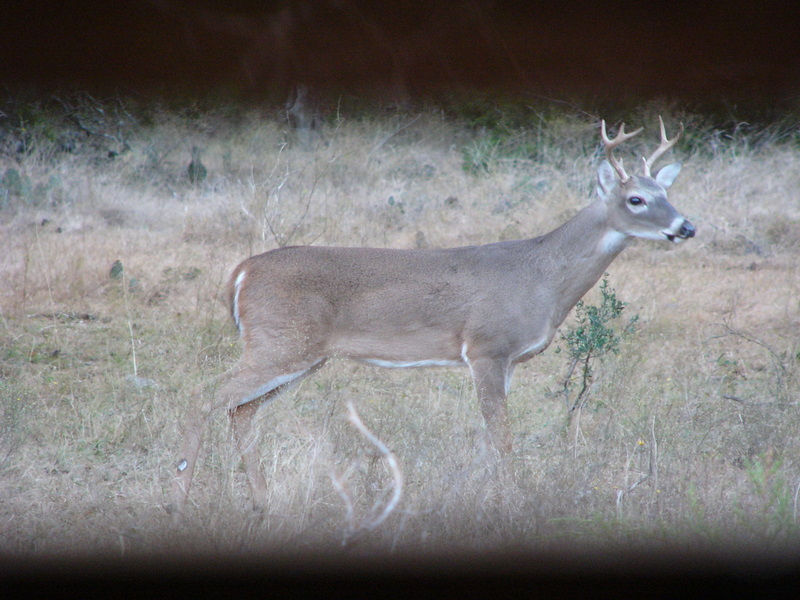From the looks of things, Spring has definitely sprung here in Central Texas! Browse plants are putting on new leafy growth and the moisture-rich soil is covered with high-protein forbs. It appears the white-tailed deer found in this part of the world be eating good for some time to come. Let’s just hope the all-important Spring rains come through for the deer habitat this year. So far, so good. Changing subjects now, and I know it’s a long time until deer survey season, but I recently learned of an interesting study taking place out of Texas State University. The research relates to conducting stand surveys to estimate white-tailed deer populations on individual ranches.
First, I’ve never been a huge fan of stand surveys for whitetail, primarily because I feel other deer survey techniques do a better job of estimating deer populations on individual properties. That being said, some properties just do not lend themselves to being surveyed any other way, so even a low-confidence estimate is better than no estimate at all. In the mentioned study, a high-fenced pasture with a known number of marked white-tailed deer was used. Five deer stands and 5 timed spin-feeders filled with corn were placed within the pasture and were located approximately 1/2 mile from one another, creating a hunting scenario similar to many Texas ranches where deer are hunted.

Surveys were conducted from stands from 6:00-8:00 a.m. and p.m. from September 1-15 in 2007 and 2008. Because deer were marked with numbered ear tags, it allowed observers conducting the surveys to attempt to identify the animals as well as possible (as hunters would), but then the ear tags also allowed observers to accurately identify individual deer. This gets to the heart of the problem that many deer managers have when counting deer from stands: Is the doe that just walked out of the brush the same one that headed that direction 5 minutes ago?
During the survey period, one observer would count from each of the 5 deer stands during both the morning and evening. The number of deer observed at each stand during each 2 hour survey period were combined. And for those hunters that sometimes sleep in, you may rest a little easier knowing that, on average, the number of deer spotted during evening surveys were higher than the number of deer spotted during morning surveys. I would have guessed the complete opposite, primarily because I prefer morning hunts. But then again, 3 of the last 4 whitetail bucks that I have bagged have been shot in the evening.
In addition, researchers found that habitat conditions impacted stand counts. The years of 2007 and 2008 were completely different: One was wet, the other was dry. During the wet year, 1/3 of the deer were spotted only once during any 4 consecutive counts when all 5 stands were surveyed on the property. This meant the remainder of the deer were seen more than once, but for hunters that would be counting unmarked animals it would be very difficult to determine if individual deer were previously counted. During the dry year, deer were more readily observed (as you would expect with bait/feeders), but in many cases the same deer were seen by various observers at different stands during the same morning or evening survey. This could cause potential problems with over-estimating the deer herd found on a property.
In closing, this stand survey study has merit, but there are a lot of variables that determine the potential for seeing deer that will vary between ranches. Habitat conditions obviously play a role in determining feeder visitation by deer, but so would deer density (on different ranches or even the same ranch during different years). When properly conducted, I think stand count surveys can be effective at determining a property’s buck to doe ratio or annual fawn production. However, much caution should be used when attempting to use stand surveys to estimate and manage an area’s deer population.